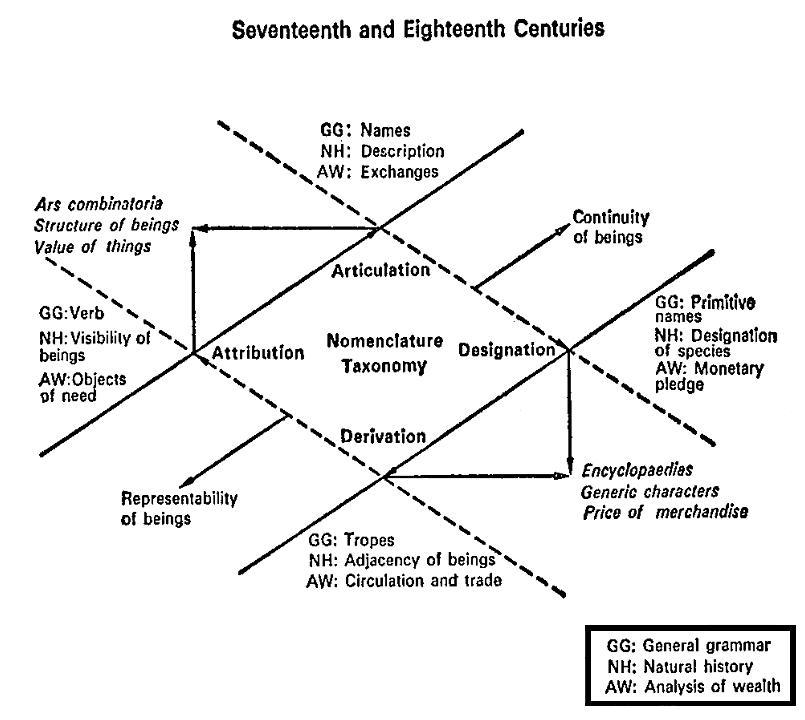Below is an attempt to diagram my experiences of the passive and active affects of invention. I’ve focused on my experiences of working on ‘cars’ and working on ‘texts’. I repeat practices born of experiences that others have shared with me and through which I’ve acquired a singular comportment (in the sense of everyone having a singular appreciation of their worlds).
Imagine the colour-coded sections as secord-order diagrams that indicate a kind of time-lapse contraction of habit, like photoshopping multiple layers of time-lapse photography, that overlap the durations of experience; a selective ‘heatmap’ of a lifetime of activity. The large shape is the carport of my familial home. The rectangle top-left is every car I’ve ever worked on whilst on the side of the road. The smaller rectangles are my childhood bedroom, the lounge of my flat when I was doing my PhD, the loungeroom of my flat when I worked in the magazine industry, and lastly my office at university.
To put it rather crudely, as there is not a direct correlation between the two orders of experience, this diagram does not differentiate between passive affects of imitation and the active affects invention. If Tarde is accurate in his description of invention being the innovative combination of imitations, then my capacity to invent is assembled as much from the quiet periods of helping my father or older brother work on their cars as much as it is in my capacity to (endure/enjoy) philosophy texts and similar. There is not a dialectical relationship between the experience-based practical knowledge acquired and embodied through many years of ‘using my hands’ and the experience-based practical knowledge acquired and embodied through many years of developing my ‘conceptual toolbox’. A book, albeit a big book, is a hammer if you use it right.
The arrows capture the virtual movement across the multiple openings between various dimensions of my personal biography. They collapse multiple temporalities, just as my experience of the present collapses a multiplicity of events contracted in every (mostly bad!) habit. Memory is potent here. I work to recollect and smile as I luxuriate in the memory of the ‘simplicity’ of my child-like wonder. Of course, there was nothing simple about my strenuous attempts to learn about cars or to learn about maddening philosophies. The ‘simplicity’ is an active product: my memory is producing differentials of experience assembled from my biography, like the interference effect of the passive dampening of refracting soundwaves (echo).
Absent from this projection into the past are the no-less virtual arrows connecting openings into the future. How to take care of invention so it is not (merely?) co-opted into the machinations of capital or neoliberal management regimes of ‘affective labour’? How to produce opportunities — as a kind of virtual architecture (or dancefloor!) catering to invention — that are not territorialised by capital and overcoded by profit (‘ROI’)? In short, can ‘invention’ be ‘resistance’?


 Here’s a
Here’s a 





 That seems a nice way to finish this post.
That seems a nice way to finish this post.